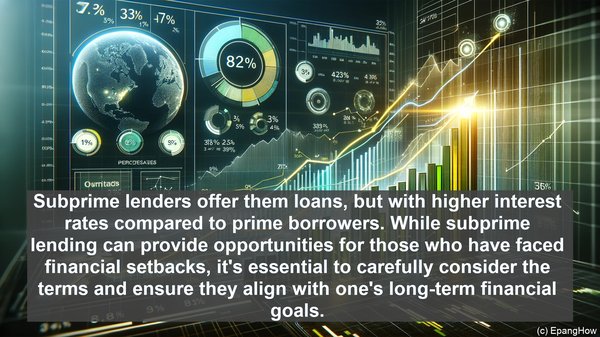Introduction: Exploring the World of Lending
Hello and welcome! Today, we’re diving into the intricate world of lending. While it offers opportunities for financial growth, it’s crucial to understand the different types of loans available and the potential risks associated with them. Two terms that often come up in discussions about lending are predatory lending and subprime lending. While they may sound similar, they have distinct characteristics and implications. Let’s explore them further.

Defining Predatory Lending: A Closer Look
Predatory lending refers to the practice of offering loans to borrowers who are likely to face difficulties in repayment. These lenders often target vulnerable individuals, such as those with low incomes or limited financial knowledge. The terms of these loans are often unfavorable, with high interest rates, hidden fees, and stringent repayment conditions. The goal of predatory lenders is to maximize their profits, even at the expense of the borrower’s financial well-being.
Understanding Subprime Lending: A Different Perspective
Subprime lending, on the other hand, focuses on borrowers with less-than-ideal credit scores. These individuals may not qualify for traditional loans due to their credit history. Subprime lenders offer them loans, but with higher interest rates compared to prime borrowers. While subprime lending can provide opportunities for those who have faced financial setbacks, it’s essential to carefully consider the terms and ensure they align with one’s long-term financial goals.

Key Differences: Predatory vs. Subprime Lending
One of the primary distinctions between predatory and subprime lending lies in the intent. Predatory lending is driven by the lender’s desire for profit, often at the expense of the borrower’s financial stability. Subprime lending, on the other hand, aims to provide access to credit for individuals who may not meet the strict criteria of traditional lenders. However, the terms of subprime loans can still be challenging, and borrowers must be aware of the potential risks.
Implications for Borrowers: Navigating the Loan Landscape
For borrowers, understanding the difference between these two types of lending is crucial. It allows them to make informed decisions, weighing the potential benefits and risks. When considering a loan, it’s essential to carefully review the terms, including the interest rate, repayment schedule, and any additional fees. Seeking advice from a financial professional can also provide valuable insights and ensure the chosen loan aligns with one’s overall financial strategy.
Regulatory Measures: Safeguarding Borrower Rights
Recognizing the potential harm caused by predatory lending, regulatory bodies have implemented measures to protect borrowers. These can include restrictions on interest rates, mandatory disclosures of loan terms, and penalties for deceptive practices. While these regulations aim to create a fair lending environment, it’s still essential for borrowers to be vigilant and actively engage in the loan process, asking questions and seeking clarification when needed.
